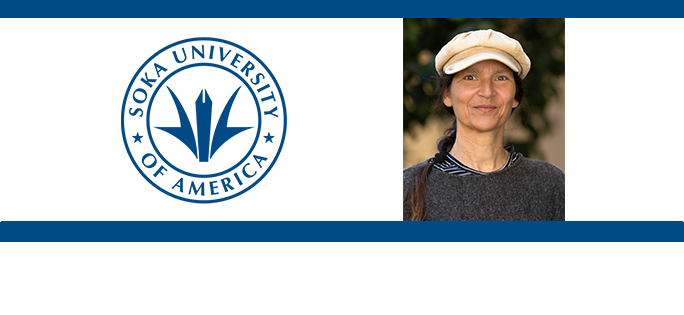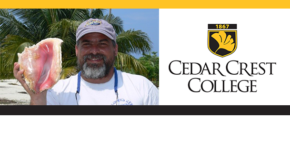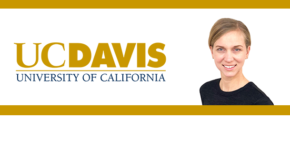Tag: environmental science
-

Deike Peters, Soka University of America – Urban Nature in Need of Ecological Restor(y)ation
On Soka University of America Week: Can we reimagine our urban spaces to more align with the natural world? Deike Peters, associate professor of environmental planning and practice, discusses. Deike Peters is a German-American environmental urbanist whose focus is on ‘getting cities right.’ She has published extensively on sustainable and green urbanism, rail- and megaproject-oriented…
-

Matthew Szydagis, University at Albany – Lithium and Clean Energy
On University at Albany Week: Generating safe and clean electricity can lead to a brighter future. Matthews Syzdagis, associate professor in the department of physics, determines how to do so. University at Albany Associate Professor of Physics Matthew Szydagis received his B.A., M.S., and Ph.D. from the University of Chicago in 2005, 2006, and 2011, respectively, then…
-

Daniel Lewis, California Institute of Technology – Redwoods: Adaptive Giants
Some species will adapt to a warming world. Daniel Lewis, lecturer in the humanities and social sciences division at the California Institute of Technology, details one. Daniel Lewis is a college professor, writer, and environmental historian in Southern California. He is also the Dibner Senior Curator for the History of Science and Technology at the…
-

Tony Wolf, Penn State University – How Hot is Too Hot for the Human Body?
How hot is too hot? Tony Wolf, assistant professor in the department of kinesiology at Penn State University, takes a look with human physiology in mind. Dr. Tony Wolf is an environmental physiologist. His research is focused on understanding the impact of the environment on human health. How Hot is Too Hot for the Human…
-

Darrell Kaufman, Northern Arizona University – Is It Really the Hottest in 100,000 Years?
This summer has been a hot one…but was it as unprecedented as it seemed? Darrell Kaufman, Regents’ professor of earth and environmental sciences at Northern Arizona University, determines the answer using history. Dr. Darrell Kaufman is a Professor in the School of Earth and Sustainability at Northern Arizona University. He was a lead author on the…
-

Salma Monani, Gettysburg College – Mediating Human-Nature Relations
On Gettysburg College Week: Streaming can be harmful to the environment. Salma Monani, chair and professor of environmental studies, explores how to start to change this. Salma Monani is an Environmental Humanities scholar and teacher. She has extensively published on ecocinema studies, explorations of Indigenous ecomedia, film and environmental justice, and is co-editor of four…
-

John A. Cigliano, Cedar Crest College – Microplastics
Microplastics have become a big problem. John A. Cigliano, professor of biology and director of environmental conservation at Cedar Crest College, explores how they move through the ecosystem. John A. Cigliano, Ph.D., is a professor of biology and director of environmental conservation at Cedar Crest College in Allentown, Pennsylvania. He also serves as an Earthwatch…
-

Thomas Klak, University of New England – Reintroducing Chestnut Trees to Improve Biodiversity
On University of New England Week: How do we stir up more biodiversity in nature? Thomas Klak, professor in the school of marine and environmental programs, explores one possibility. My research and teaching efforts focus on ecological restoration. The broad questions that drive my work are: How can we help heal the Earth? How can…
-

Emily Schlickman, University of California, Davis – A Case for Wildfire Retreat
The risk of wildfires will force big decisions for residents in the near future. Emily Schlickman, assistant professor of landscape architecture and environmental design at the University of California, Davis, has more. Emily Schlickman is an assistant professor of landscape architecture and environmental design at the University of California, Davis. Her research focuses on the…

